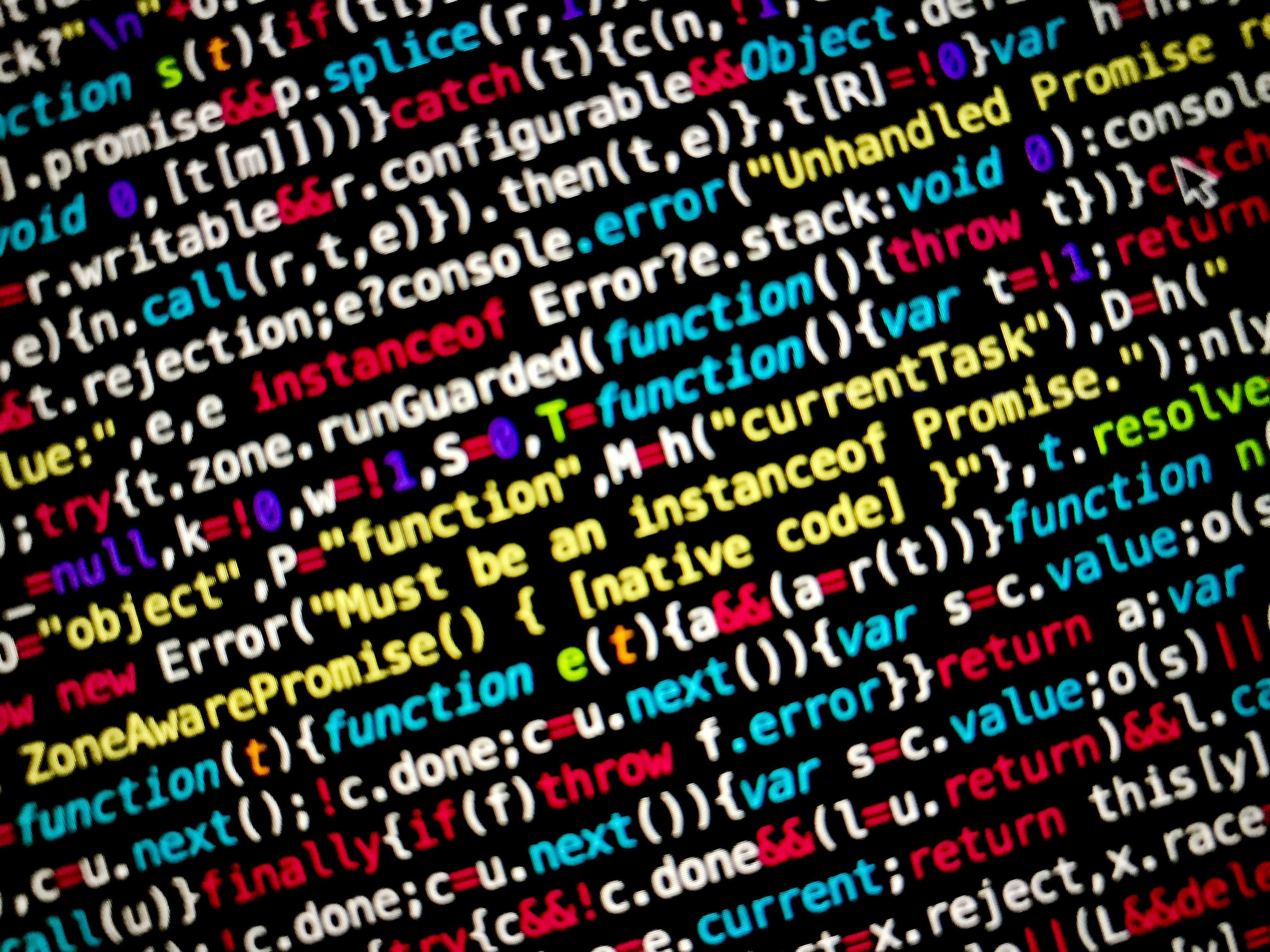EncouragingSelf-Control: Nine Strategies for Boosting Discipline in Adolescents
Guiding teenagers towards self-discipline can be a tricky maze, but with the right strategies, it's possible to help them develop important life skills. Here's our take on the topic, incorporating some insights from the provided enrichment data.
Dealing with teenagers can seem like a never-ending rollercoaster. They want to assert their independence, and their emotions can be all over the place. But don't worry - with the right techniques, you can help them become more disciplined, setting them up for success. Here are nine ways to guide your teenagers to becoming more disciplined:
- Clear Boundaries: Establishing clear rules and consequences is crucial for promoting self-discipline. Make sure your expectations are well-defined, so your teenagers know exactly what's expected of them.
- Breaking Down Goals: Encourage your teens to break down their big goals into smaller, achievable tasks. This approach will help them tackle tasks one step at a time and see tangible progress, which boosts their motivation and self-discipline.
- Physical Activity: Incorporate physical activity and exercise routines into their daily life. Regular exercise not only boosts their physical health but also helps develop self-discipline and perseverance.
- Open Communication: Foster open communication and emotional intelligence. By understanding and expressing their emotions, your teens will become better at handling their feelings and building trust.
- Positive Reinforcement: Reinforce good behavior with praise and rewards. This technique encourages them to repeat positive actions and strengthens their self-discipline muscles.
Teenagers are at a special stage, dealing with more freedom, emotional shifts, and a need to express themselves. By recognizing this and using effective discipline methods, you can help your teen grow in self-discipline and overall well-being.
Conscious Discipline is a popular method that helps kids manage their feelings and understand the impact of their actions on others. This program is recognized for its effectiveness in teaching social and emotional skills, boosting self-awareness and empathy. By using Conscious Discipline, we can help our teenagers develop emotional intelligence and become better at handling their emotions.
Conscious Discipline includes strategies like empathy training, calm-down spaces, and guided reflection. Empathy training teaches your teens to see and feel what others are going through, making them more understanding and kind. Calm-down spaces help your teens learn to control their emotions, giving them the tools they need to handle their feelings in a healthy way. Guided reflection involves asking deep questions to help your teens solve problems and boosts their critical thinking and problem-solving skills.
If you're a teacher or a parent, consider incorporating Conscious Discipline into your daily interactions with teenagers. It will help you create a supportive learning environment that fosters emotional health and academic success.
In the classroom, it's crucial to have good discipline strategies. A predictable routine and structure give students a sense of security and help them focus. Positive reinforcement, like praising good behavior or offering rewards, encourages good behavior and makes teaching more effective.
It's also important to have clear rules and consequences. When students know what's expected and what happens if they don't follow the rules, they're more likely to behave. Letting students help make these rules can make them feel more invested and engaged.
When dealing with disruptions, make your lessons interesting to your students. Also, starting each day with a clean slate can help keep things positive.
By using these discipline strategies, you can create a better classroom for learning, benefiting both you and the students.
Elementary students have specific needs when it comes to discipline. Here are some strategies for teaching self-discipline to young kids:
- Visual Aids and Charts: Use visual reminders like behavior charts or classroom rules to help kids keep track of their actions. These reminders gently guide them towards understanding what's expected.
- Short Breaks: Short breaks, or "time-outs," provide kids a space to calm down when they're upset or overwhelmed, which helps them manage their feelings and stay focused on learning.
- Gentle Redirection: Instead of saying "no" a lot, guide kids to better choices. This helps them learn to channel their energy in positive ways.
By using these strategies, teachers create a classroom that values learning and teamwork, helping kids grow into responsible, self-controlled individuals.
Positive discipline strategies are a more humane way to guide kids and teens, focusing on cooperation, respect, and self-control, rather than punishment. They encourage responsible choices, decemning negative behavior, and fostering understanding.
Some positive discipline techniques include:
- Natural Consequences: Let kids experience the results of their actions, so they can learn from their mistakes. Time-outs should last no more than one minute for each year of their age.
- Encouraging Problem-Solving: Problem-solving helps kids think and find solutions. It's effective for kids of all ages, from babies to pre-teens.
- Reward Charts: Reward charts use stickers or points for good behavior, especially for young kids. The rewards reinforce positive behavior and encourage cooperation and self-control.
If positive discipline doesn't work after a few weeks, seek help from a doctor or Family Advocacy Program. A free parenting program called "Thrive" from Military OneSource is also available for military families.
By using positive discipline methods, parents and teachers can create a supportive environment. It helps kids and teens develop self-discipline and problem-solving skills, ensuring they grow into responsible, self-controlled individuals.
Discipline strategies for ADHD children differ from those for typical children due to their unique needs. Here are some ways to help kids with ADHD:
- Short, Simple Instructions: Kids with ADHD often struggle to follow directions. Give clear, easy-to-understand instructions to help them process information better.
- Structured Schedules: Kids with ADHD do better with a set routine. A structured schedule gives them a sense of safety and helps them know what to expect each day.
- Positive Outlets: Praise small achievements, like better grades, to boost their self-esteem. Also, provide fun activities to keep their energy up and make them feel good about themselves.
By using these discipline strategies, parents can help children with ADHD grow, feel safe, and learn important life skills.
In schools, discipline strategies are essential for creating an orderly learning environment. With effective discipline, teachers can manage their classrooms efficiently and foster a supportive environment for students.
Peer mediation is a great way for students to resolve small conflicts with the help of a trained peer. It's based on the idea that students can learn to handle disagreements constructively, building a sense of community among peers. Workshops on conflict resolution can also help students learn to manage disagreements effectively.
Teacher support programs help educators develop classroom management techniques and promote positive disciplinary practices. These programs teach teachers how to effectively use consequences, as well as positive reinforcement.
By using a combination of these discipline strategies, schools can fosterself-discipline and academic success, promoting orderly learning for everyone.
Disciplining children can seem daunting, and many parents struggle to find effective methods that don't involve yelling or hitting. Research shows that these harsh tactics can harm a child's development, so it's beneficial to seek better approaches. Here are a few strategies for disciplining children without yelling or hitting:
- Calm Tone: Speak to your child in a calm, gentle tone to help control the situation and communicate your expectations clearly despite your emotions.
- Redirect Attention: Redirect your child's attention to a positive activity or task to prevent the situation from escalating.
- Logical Consequences: Explain why the behavior is not okay and suggest better alternatives, rather than yelling or hitting. This approach focuses on teaching children to make responsible choices, while still holding them accountable for their actions.
By using these strategies, you can help your child learn, grow, and develop in a healthy, supportive environment.
To help children with ADHD develop self-discipline, we need to use strategies tailored to their unique needs. Here are some discipline strategies that work specifically for children with ADHD:
- Short, Simple Instructions: Due to their difficulty with focus, kids with ADHD often struggle to follow complicated instructions. Make sure your instructions are brief, clear, and concise, so they can process them easily.
- Structured Schedules: A structured schedule provides kids with ADHD a sense of safety and security. It helps them know what to expect each day, improving their focus and behavior.
- Positive Outlets: Positive outlets, like art, music, or sports, help channel their energy in productive ways. Praise their achievements, big or small, to boost their self-esteem.
- Consistent Consequences: Create a list of consequences for misbehavior, and follow through consistently. The consequences should be logical and proportional to the offense, helping children learn from their mistakes.
By using these strategies, parents can help their children with ADHD grow, feel safe, and learn important life skills.
Effective discipline strategies play a crucial role in fostering self-discipline, creating positive learning environments, and helping children develop essential life skills. By incorporating these strategies into our day-to-day interactions with children and teenagers, we can help them grow into responsible, self-disciplined adults.
1.By adopting techniques like empathy training, calm-down spaces, and guided reflection from Conscious Discipline, we can help teenagers develop emotional intelligence and become better at handling their emotions, thus fostering a supportive learning environment.2. Incorporating consistency in setting clear expectations and rules, as well as consistency in consequences for breaking those rules, plays a vital role in promoting self-discipline in teenagers, ensuring they learn from their mistakes and grow into responsible individuals.3. Respecting and valuing equality among all students is crucial in maintaining a positive learning environment, as it encourages self-discipline and social skills, such as understanding others, teamwork, and conflict resolution.4. Considering education and self-development, such as workshops on conflict resolution and behavior management, can provide teachers and parents with the skills needed to effectively guide teenagers towards self-discipline and success.5. Adopting lifestyle changes that include regular exercise, healthy eating habits, and setting aside time for reflection can help teenagers develop self-discipline and perseverance, shaping their future decisions and overall well-being.





